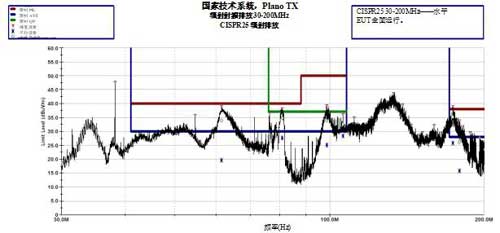Smart integrated motor drives and brushless DC (BLDC) motors can help electric vehicles and next-generation vehicles become more attractive, more viable and more reliable. This article refers to the address: http:// Figure 1 shows all the elements needed to integrate a motor driver with a drive motor, such as a field effect transistor (FET), gate driver, and state machine. The integration avoids the wiring distance of the wires from the electronic control unit (ECU) to the motor is too long, and also has the advantage of smaller printed circuit board (PCB) size and lower overall system cost. BLDC motors offer advantages in automotive applications including efficiency, compact size, longer motor life and battery life, a quieter in-car experience and better EMI performance. Figure 1: Smart Integrated BLDC Motor Driver The Integrated Intelligence Series blog will describe the different performance requirements of BLDC motors and what makes TI's integrated motor drives “smartâ€. This blog post will detail EMI management in the BLDC system for automotive applications. The BLDC motor is driven at high switching frequency conditions in the range of 10-100 kHz. At this high frequency, a combination of high dv/dt and parasitic inductance can cause high frequency ringing at the switching node. This ringing emits high frequency noise that can interfere with other components in the car. As shown in Figures 2 and 3, adjusting the slew rate of the applied voltage helps to reduce the interference caused by ringing. In discrete systems, adjusting the gate drive resistance changes the rate at which the voltage is converted. However, you must manually change the resistance value and select the best value based on the test results. The process of manually changing the resistance is cumbersome and requires multiple iterations of the PCB, which increases overall size and complexity. In an integrated driver such as the DRV10983-Q1, the gate resistance is not measurable and cannot be changed, but this is not a bad thing. For example, conversion rate control is integrated in the DRV10983-Q1; this conversion rate can be easily changed by changing register values ​​to speed up the overall operation of the EMI test module. Figure 2: EMI measurement of DRV10983-Q1 and BLDC motors at a conversion rate of 120V/μs Figure 3: EMI measurement of DRV10983-Q1 and BLDC motors at a conversion rate of 35V/μs Another way to improve EMI performance is by changing the pulse width modulation (PWM) switching frequency. The PWM switching frequency has an effect on ringing. In an integrated driver, the PWM frequency can be changed through the configuration registers. For example, the DRV10983-Q1 has two frequencies (25kHz and 50kHz) to choose from. A common technique for reducing EMI is to dither the master clock frequency. The jitter is reduced by expanding across the spectrum to reduce the amplitude of the peak frequency. By using fully integrated motor drivers such as slew rate control, variable PWM switching frequency and jitter, the number of external components used for filtering can be reduced. This saves system cost, board space, and, most importantly, the time it takes to find the source and the effort to redesign the board. In future blogs, I will discuss startup reliability, initial position detection, voltage surge resistance, resynchronization of motors rotating in opposite or identical directions, sinusoidal commutation, and many other integrated features that make motor drives smart. A10 600 Puffs,A10 600 Puffs Box,A10 600 Puffs Disposable,A10 600 Puffs Disposable Vape Lensen Electronics Co., Ltd , https://www.lensenvape.com

